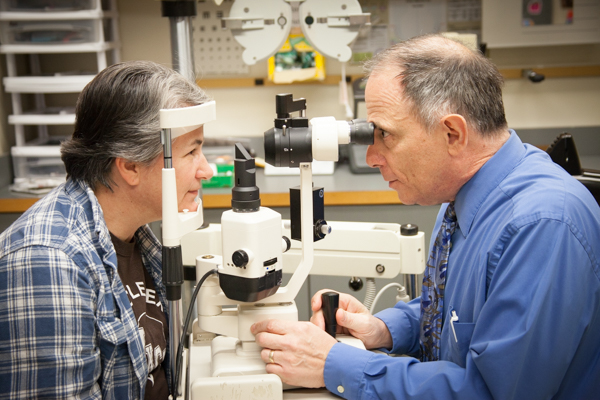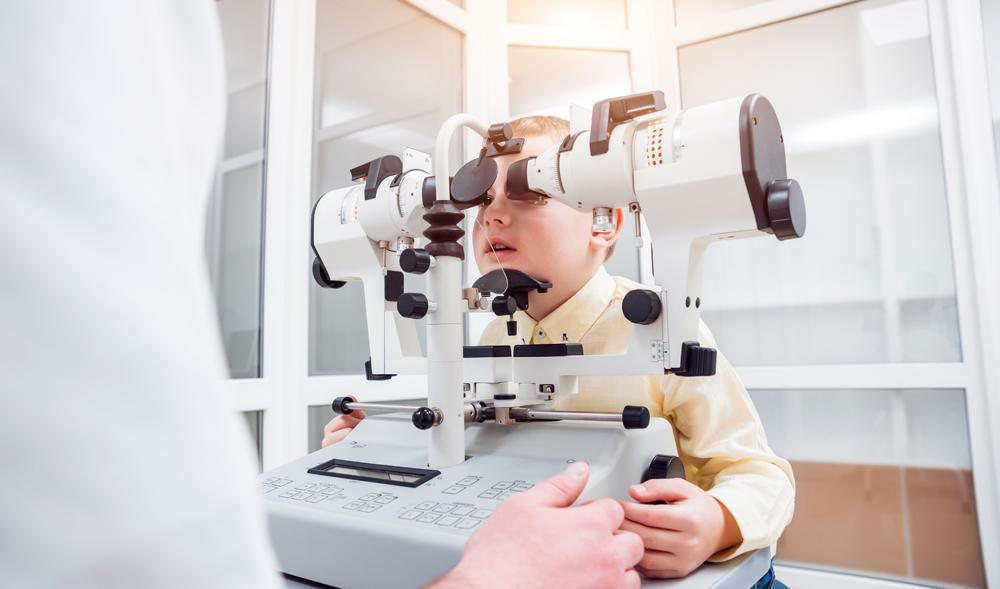The Duty of Advanced Diagnostic Devices in Identifying Eye Disorders
In the world of ophthalmology, the use of innovative analysis devices has actually reinvented the very early identification and monitoring of numerous eye conditions. As the demand for exact and timely diagnoses proceeds to expand, the integration of advanced devices like optical coherence tomography and aesthetic field testing has ended up being vital in the world of eye care.
Value of Early Medical Diagnosis
Early medical diagnosis plays a pivotal duty in the reliable management and treatment of eye problems. Timely identification of eye problems is essential as it enables punctual intervention, potentially protecting against more development of the disease and decreasing long-term issues. By discovering eye problems at a very early phase, doctor can provide appropriate treatment strategies tailored to the particular condition, ultimately causing much better end results for patients. Furthermore, early diagnosis allows clients to access needed support solutions and sources quicker, improving their overall lifestyle.

Technology for Spotting Glaucoma
Sophisticated analysis innovations play a vital function in the early discovery and surveillance of glaucoma, a leading source of irreparable blindness worldwide. One such modern technology is optical comprehensibility tomography (OCT), which offers comprehensive cross-sectional pictures of the retina, allowing for the dimension of retinal nerve fiber layer density. This dimension is essential in examining damages brought on by glaucoma. One more sophisticated tool is visual field screening, which maps the sensitivity of a client's aesthetic area, aiding to detect any locations of vision loss feature of glaucoma. Additionally, tonometry is made use of to gauge intraocular pressure, a significant risk aspect for glaucoma. This examination is critical as raised intraocular pressure can lead to optic nerve damage. In addition, newer innovations like making use of expert system formulas in examining imaging information are showing appealing results in the early discovery of glaucoma. These advanced analysis devices make it possible for ophthalmologists to identify glaucoma in its early stages, enabling prompt intervention and much better management of the disease to avoid vision loss.
Duty of Optical Comprehensibility Tomography

OCT's capacity to quantify retinal nerve fiber layer thickness enables for specific and objective measurements, helping in the early discovery of glaucoma even prior to aesthetic field problems come to be apparent. On the whole, OCT plays an important function in boosting the analysis accuracy and management of glaucoma, ultimately adding to far better end results for people at threat of vision loss.
Enhancing Medical Diagnosis With Visual Field Screening
An essential part in comprehensive sensory examinations, aesthetic field testing plays an essential duty in boosting the diagnostic process for numerous eye problems. By analyzing the click over here full extent of an individual's visual area, this examination provides important info about the practical honesty of the entire visual pathway, from the retina to the visual cortex.
Visual area screening is specifically important in the medical diagnosis and management of problems such as glaucoma, optic nerve disorders, and numerous neurological illness that can influence vision. Via measurable dimensions of peripheral and central vision, medical professionals can spot refined modifications why not find out more that may indicate the visibility or development of these conditions, also prior to visible signs take place.
Furthermore, visual field screening permits for the tracking of treatment efficacy, aiding ophthalmologists tailor therapeutic treatments to specific patients. eyecare near me. By tracking changes in visual area efficiency gradually, doctor can make educated decisions concerning changing drugs, advising surgical treatments, or carrying out various other ideal actions to preserve or improve a client's visual function
Handling Macular Degeneration

Verdict
To conclude, advanced analysis tools play a crucial function in determining eye problems early on. Technologies such as Optical Comprehensibility Tomography and visual area testing have actually substantially enhanced the precision and performance of diagnosing conditions like glaucoma and macular deterioration. Early discovery permits timely treatment and management of these conditions, ultimately leading to far better results for people. It is essential for health care specialists to remain updated on these developments to provide the finest feasible take care of their clients. eyecare near me.